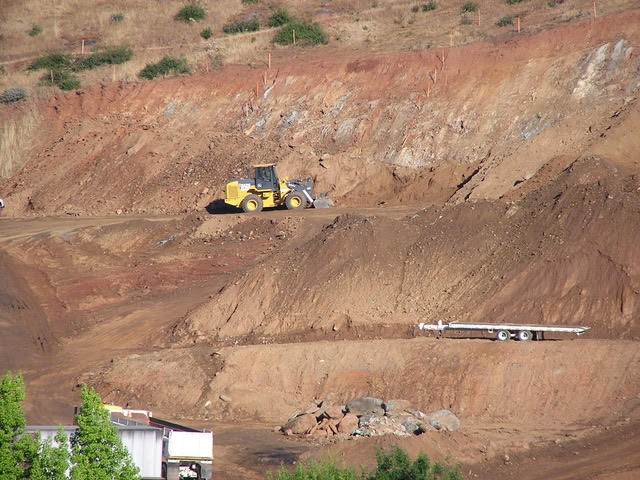Over the past few years, the Tuolumne County Board of Supervisors intentionally took actions intended to throw out environmental policies that were unpopular with local building industry advocates. To the extent feasible, the new proposed revision of the County’s General Plan was intentionally created to respond to direction of the supervisors to attempt to minimize the “constraints” of state and federal laws.

Put most simply, the General Plan has an overarching vision that directs County decision-makers to “promote development in Tuolumne County.” Consistent with that goal, the new proposed General Plan includes policies to “promote incentives to developers” and to “waive fees” for certain projects – all designed to boost higher than normal levels of development in the County.
For those who are concerned about the long-term protection of natural resources (water, wildlife, and oak woodlands) in the county or who want to protect rural qualities, agriculture, and open space values, this latest General Plan proposal is not the answer.

COUNTY RESIDENTS HAVE UNTIL OCTOBER 11TH TO SUBMIT COMMENTS!
Here is a link to the 2018 General Plan for those who want to skim over its content:
https://www.tuolumnecounty.ca.gov/889/General-Plan-Update
To share whatever opinions or concerns you believe are worth sharing about the new County General Plan proposal, send your input to:
Tuolumne County Community Resources Agency
2 S. Green St.
Sonora, CA 95370
Examples of concerns CSERC has identified:
• There is no need to “designate adequate land” for new development because the County already has enough vacant parcels suitable to meet all predicted growth needs for the next 20 years.
• The General Plan needs far stronger measures to protect oak woodland habitat and old growth oaks.
• Scenic resources do not have any mandated, effective strategies to protect scenic values from inappropriate development along the vast majority of county roads and even along main highways.
• “Special Commercial” designation of lands should not be allowed to give developers a cheap option to get around requirements for development to be connected to public water and sewer.

